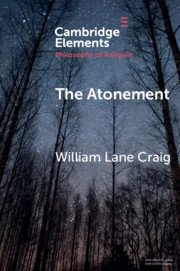Element contents
The Atonement
Published online by Cambridge University Press: 28 June 2018
Summary
Keywords
- Type
- Element
- Information
- Online ISBN: 9781108558020Publisher: Cambridge University PressPrint publication: 21 June 2018
References
- 9
- Cited by



